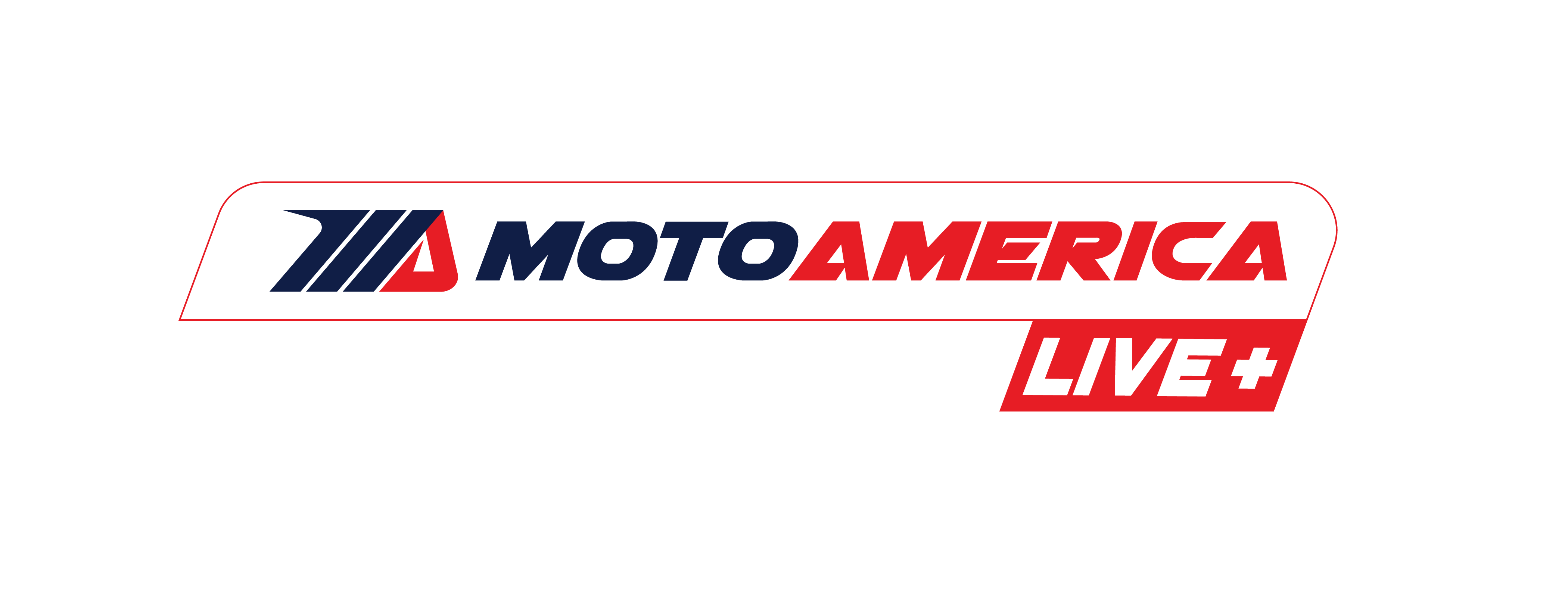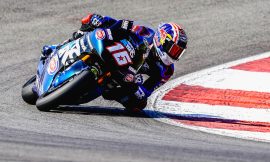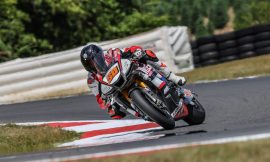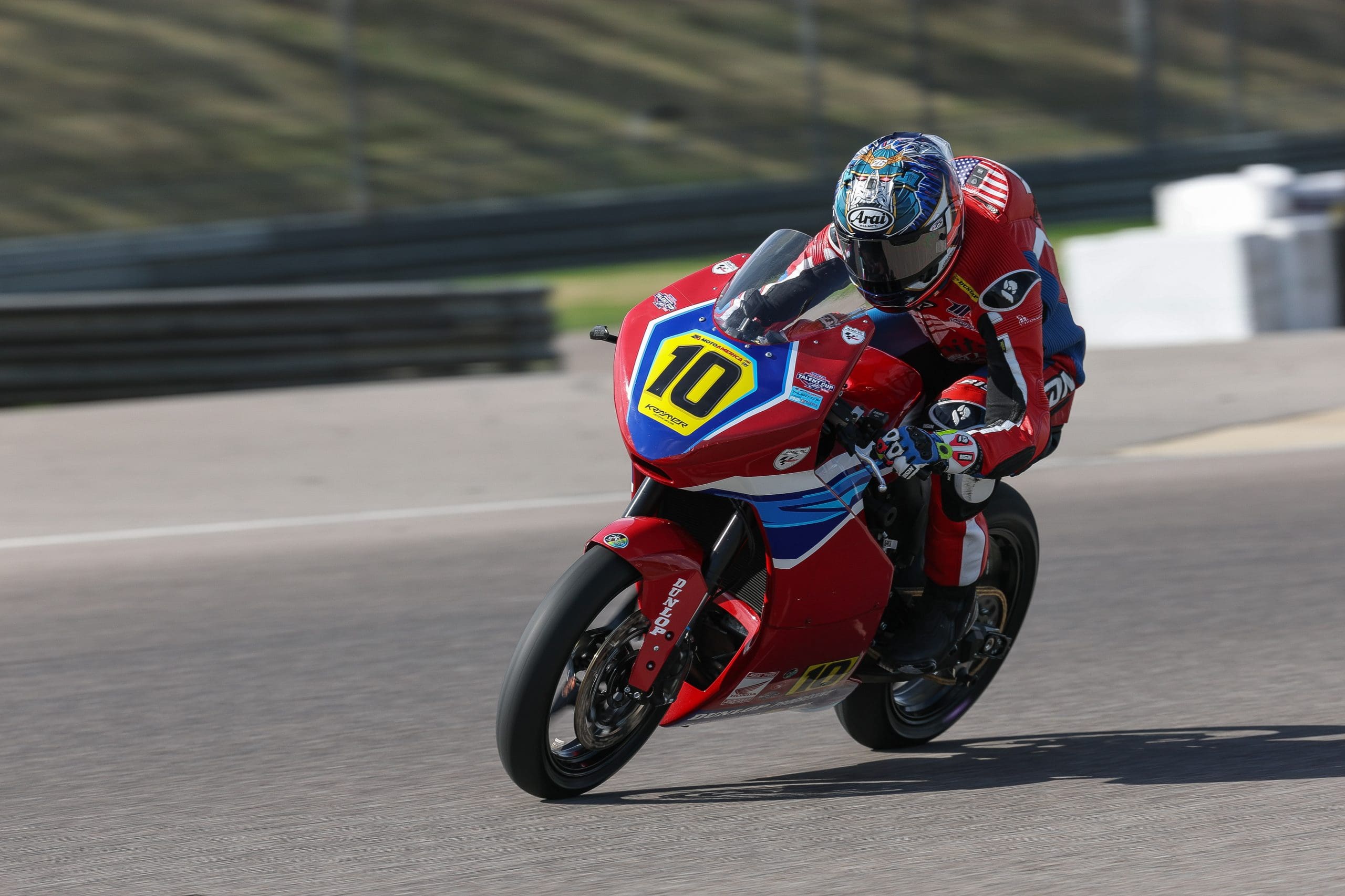
As was previously announced, MotoAmerica is the first professional sports organization throughout the world to utilize a groundbreaking, new point-of-care blood test to help assess riders with suspected concussions on-site during our race weekends.
MotoAmerica Medical Director Dr. Carl Price has been using the new Abbott i-STAT® Alinity® analyzer and i-STAT TBI blood test cartridges since the Michelin Raceway Road Atlanta round. At the recent Road America round, two case studies emerged that have provided some valuable insights about the device and the testing procedures.
“There are two things that we’re measuring,” Dr. Price said. “One of them is associated with neurons—nerve cells called ubiquitin (Ubiquitin Carboxyl-Terminal Hydrolase L1 or UCH-L1)—which are all over our body. The other cells we’re measuring are glial cells (Glial Fibrillary Acidic Protein or GFAP).
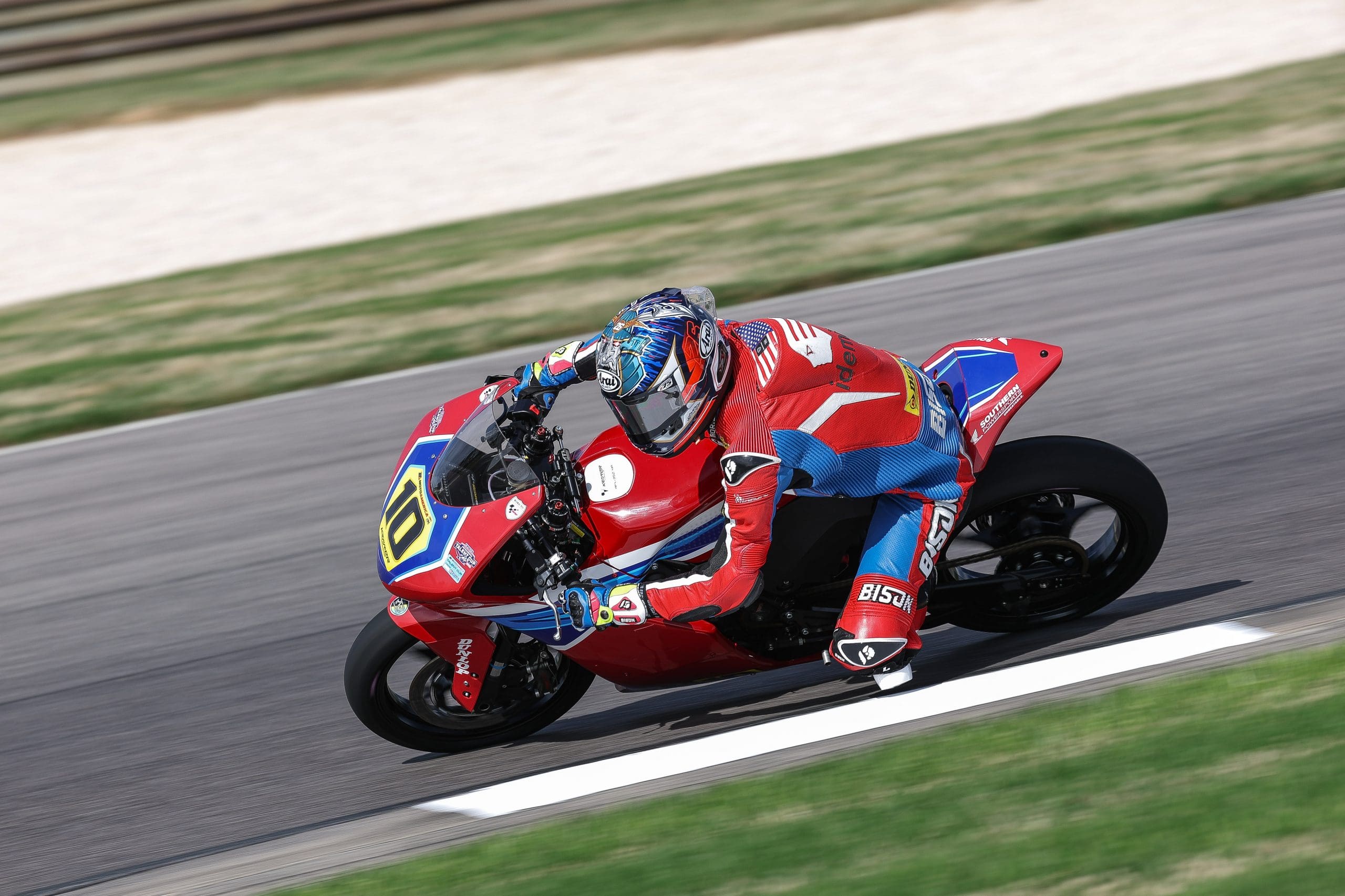
“Ubiquitin rises quickly because it’s very sensitive, although it’s not specific. Glial cells rise a little bit slower. I had a rider come to see me after a crash, and he had very vague symptoms. He never lost consciousness from the crash, but he said he had blurred vision or double vision. We took a close look at the inside of his helmet, and the liner had sustained a pretty obvious impact.
“His symptoms really weren’t bad and, in the past, I probably would have cleared him to ride. But I tested a blood sample from him in the i-STAT Alinity analyzer, and the test was positive. The UCH-L1 was really elevated.
“Also, he had some discomfort in his coccyx, so he obviously hit his tailbone when he crashed. There is UCH-L1 present in the spine and tailbone because it’s nerve cells, so the elevated UCH-L1 in his blood sample could have been caused by that.
“Regardless, we sent him for a CT (computed tomography) scan just to be sure, and I told him, ‘If you’re feeling good tomorrow, come back. I’ll retest you. We’ll see what the test shows.’
I also told him, ‘I don’t want to get your hopes up, but if the test is totally negative tomorrow morning, I may let you ride.’
“He slept well that night, but when he came in to be tested the next morning, he said he had a little bit of a headache. Well, that tipped me off right there. I tested him, and his UCH-L1 levels were down, but his GFAP levels—the glial cells—were elevated.
“The second test the next morning definitely revealed that he had a concussion, so he was ruled out of riding for the remainder of the weekend.
“The Abbott i-STAT Alinity analyzer has really been an epiphany for me. The UCH-L1 rises quickly. Almost immediately. The GFAP takes a little bit longer to rise. Generally, it peaks at around 18 to 23 hours. I tested the rider once not long after the crash, and then, I tested him a second time about 16 hours later. So, that’s an important learning in this process.
I spoke to the rider and his father, and I was given permission by both of them to reveal that it was Real Steel Honda rider Ian Fraley, who crashed in Saturday’s Parts Unlimited Talent Cup By Motul race one and suffered the concussion.
There was a second rider in a different race class, who crashed and was also tested. That rider was Royal Enfield Build.Train.Race. competitor Camille Conrad, who also gave me permission to tell her story.
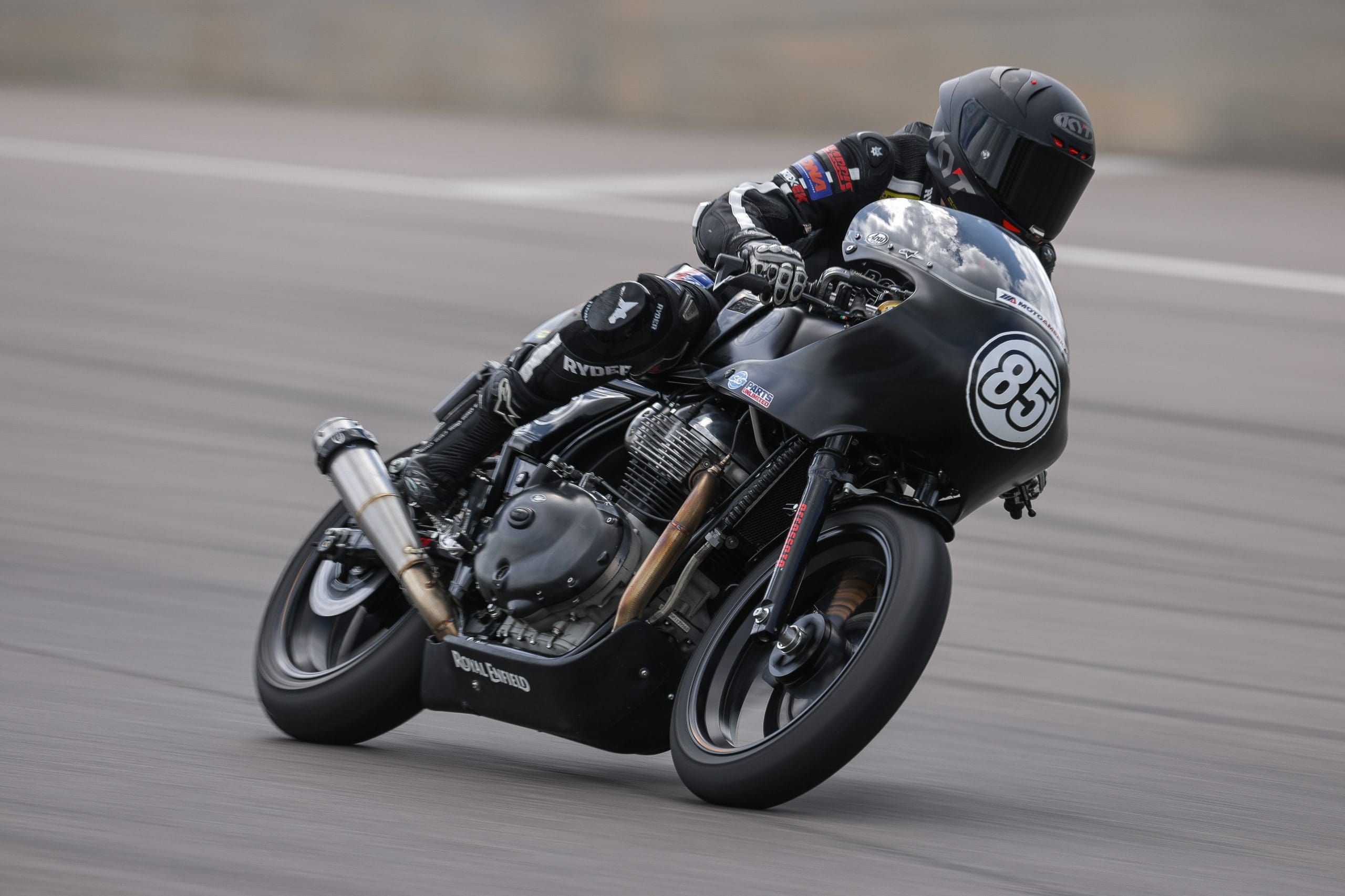
Conrad crashed during BTR race one on Saturday, but she was back on her feet quickly and felt OK despite taking quite a tumble. After her race, I went over to the BTR paddock area to check on Conrad. She didn’t mention this to me at the time, but while we were talking, she noticed that my appearance changed. She said, “You looked like you were wearing bifocals or something.”
Dr. Price picks up the story: “I had a rider in the BTR class who crashed really hard. She came to see me about two hours after her incident, and she was complaining of some vague visual symptoms. So, I said, ‘I’m going to test you.’
“I took a blood sample from her and loaded the cartridge into the i-STAT Alinity analyzer. The test was negative. She didn’t have a concussion.”
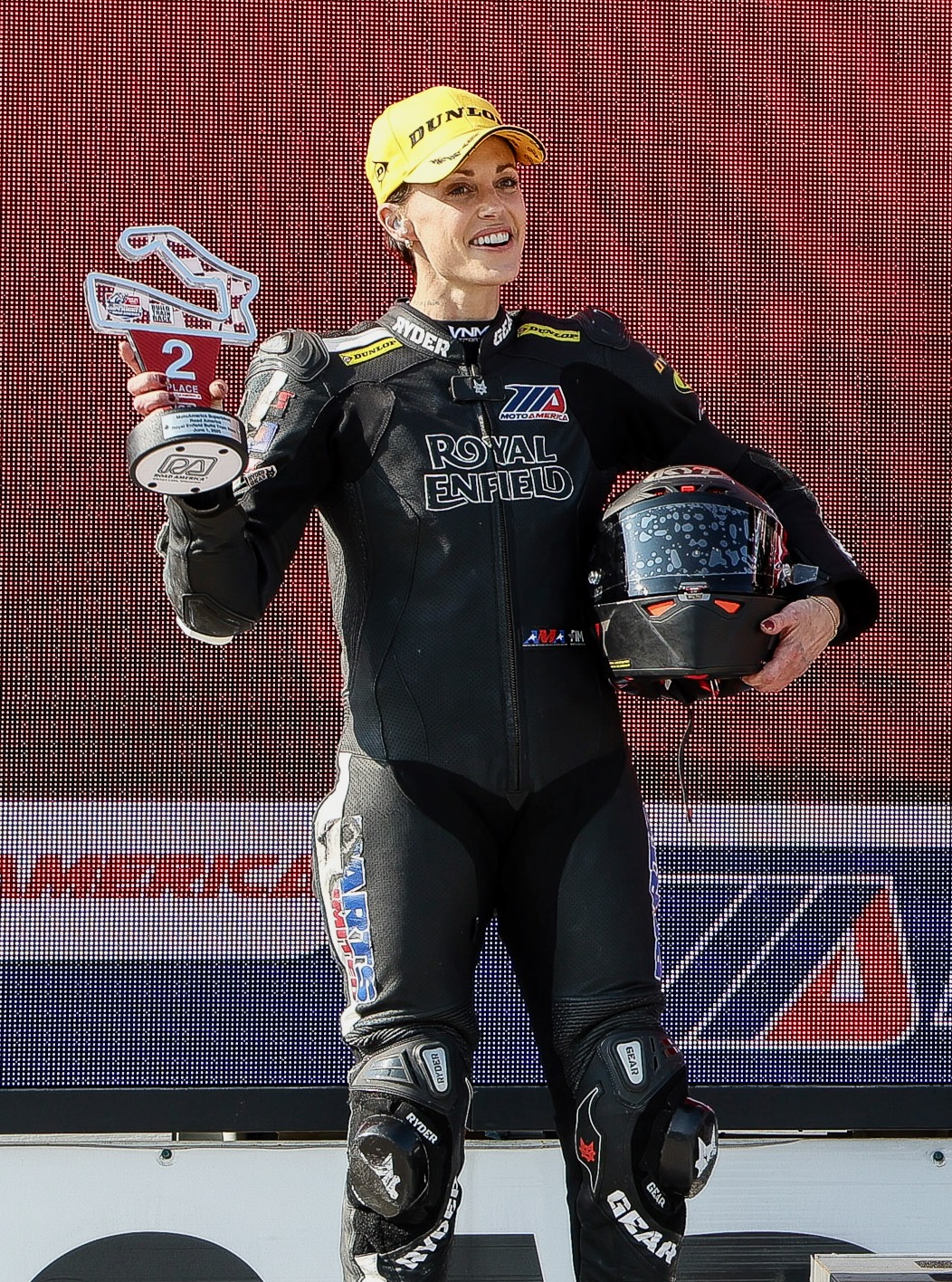
On Sunday, Conrad said she felt fine, and she was not only able to compete in BTR race two, but she finished a close second in the race.
The Abbott i-STAT Alinity analyzer and i-STAT TBI test cartridges did their jobs. Talent Cup rider Ian Fraley suffered a concussion, and he was kept out of riding, which ensured that he wouldn’t risk any further injury. BTR rider Camille Conrad did not suffer a concussion, and she was able to race on Sunday and notch her best result so far this season.
It’s still early days for MotoAmerica’s use of the Abbott i-STAT Alinity analyzer and i-STAT TBI test cartridges to determine if a crashed rider has suffered a concussion, but so far, the new blood test protocol has been a game changer, and there is little doubt that it will continue to be.
When will the other sports—motorsports or “stick-and-ball” sports—also adopt Abbott’s new diagnostic device? In my opinion, it should be sooner rather than later.
For the full 2025 MotoAmerica schedule and to purchase tickets for MotoAmerica events, click HERE
For information on how to watch the MotoAmerica series, click HERE


